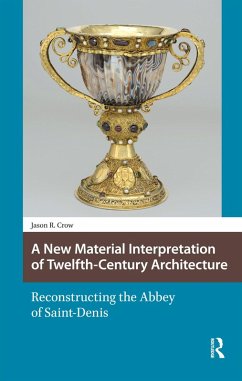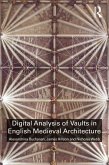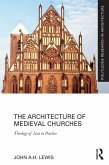Today, we perceive Gothic cathedrals as light-filled forms representing the sacred. The colored light projected from brightly-colored stained glass windows onto the walls and floors of these buildings suggests the presence of divinity. Suger (1081-1151CE), the abbot of the monastery of Saint-Denis, is credited with originating Gothic architecture. However, focus on form and structure has elided attention to the material out of which medieval churches were made. When Suger describes the early church he was replacing, he says that the gold and gems it contained beamed outwardly with a gleaming light that filled the eye. When he restored his church and filled it with the shining souls of his ecclesia, he repeated God's divine act of creation. His restored church imitated the precious stones that could be shaped and polished to reveal divine light. By crafting stone, Suger fulfilled the divine plan to make heaven on earth. This book . Reassesses the origins and significance of "Gothic" architecture . Approaches the interpretation of the twelfth-century church through its materiality Integrates the twelfth-century conceptualization of architecture within art, science, and theology.
Dieser Download kann aus rechtlichen Gründen nur mit Rechnungsadresse in A, B, BG, CY, CZ, D, DK, EW, E, FIN, F, GR, HR, H, IRL, I, LT, L, LR, M, NL, PL, P, R, S, SLO, SK ausgeliefert werden.









